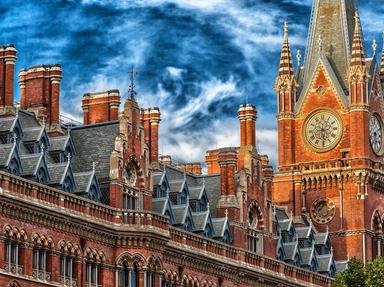Quiz Answer Key and Fun Facts
1. Who became prime minister of the United Kingdom in 2019?
2. What county of England is the location of the Stonehenge stone monument?
3. Where in Great Britain did many Viking raiders settle down after their raids of looting and pillaging?
4. When did Augustine lead a mission from the pope in Rome to bring Christianity to England?
5. Why did Dominic Cummings, an adviser to the UK Prime Minister, take part in a car journey during the 2020 Covid-19 pandemic despite official recommendations that discouraged it?
6. Who became prime minister of the United Kingdom during WWII?
7. What would you do in an allotment in the United Kingdom?
8. Where would you see the most extensive city wall defences extant in the United Kingdom?
9. When did fire largely destroy the city of London?
10. Why was Francis Crick awarded a Nobel Prize?
Source: Author
darksplash
This quiz was reviewed by FunTrivia editor
agony before going online.
Any errors found in FunTrivia content are routinely corrected through our feedback system.
